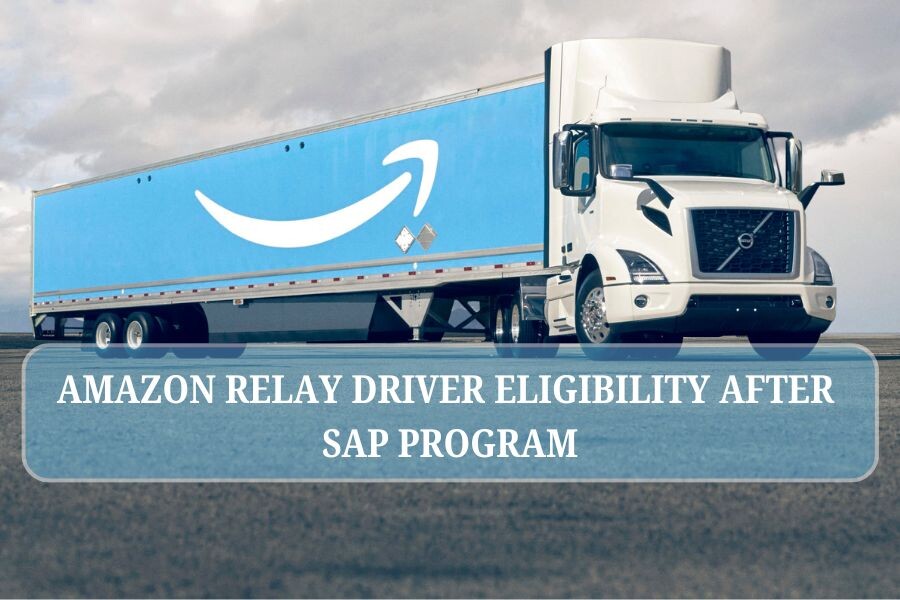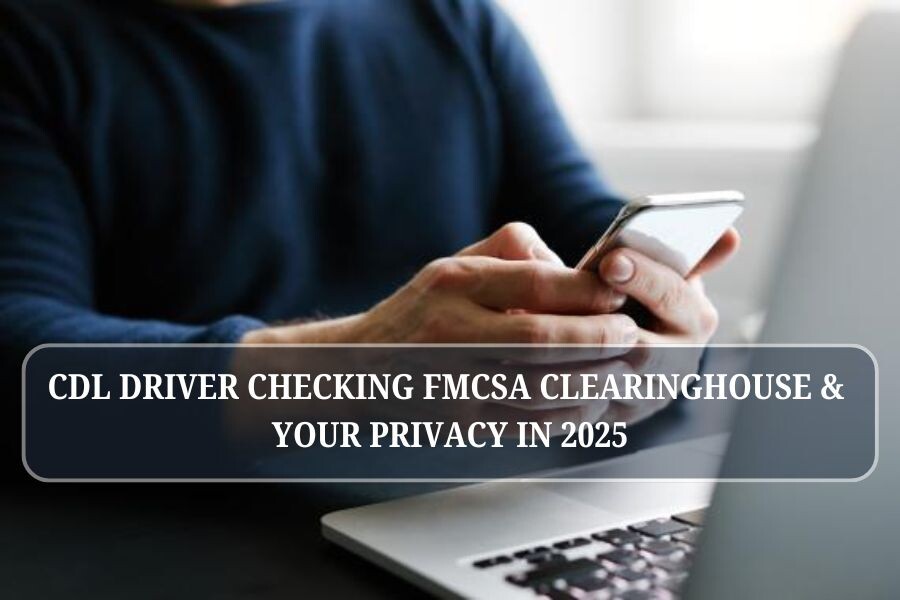For employees in safety-sensitive roles, complying with federal drug and alcohol regulations is a critical responsibility. A violation of these regulations, whether intentional or unintentional, can have serious career consequences. The Department of Transportation (DOT) Substance Abuse Professional (SAP) program provides a structured path for individuals to regain compliance, address substance misuse issues, and resume their professional duties safely.
This blog will walk you through the DOT SAP program, its purpose, the process involved, and the essential requirements for successful completion. By understanding each step, you’ll be better prepared to meet program expectations and get back to work with confidence.
What Is the SAP Program?
The SAP program is a federally mandated process for employees in safety-sensitive roles who have violated drug or alcohol testing regulations set forth by the DOT. Participants include commercial truck drivers, airline workers, and others operating in industries where public safety is at stake.
Purpose of the SAP Program
The primary goal of the SAP program is twofold:
- To assess and address the individual’s substance misuse concerns effectively.
- To determine when the employee is fit to return to duty safely, ensuring compliance with federal safety standards.
This program is not designed as a punitive measure but as a path to rehabilitation and recovery. It provides participants with the resources and accountability needed to make meaningful changes while maintaining the safety of the workforce and the public.
For further details on the SAP program’s purpose, visit the DOT’s Substance Abuse Professional information page.
Key Steps in the SAP Program Process
Participation in the SAP program involves several mandatory steps. Each step is designed to ensure the participant fully addresses their substance misuse concerns while meeting regulatory requirements for reentry into safety-sensitive work. Below, we outline the entire process.
Step 1: Initial SAP Assessment
The process begins with an assessment by a qualified SAP. This evaluation is vital for determining the severity of the violation and developing a personalized plan for treatment or education.
During the initial consultation, the SAP will:
- Collect details about the violation.
- Analyze the individual’s substance use history.
- Recommend an appropriate course of action, such as an education program or rehabilitation.
Step 2: Completing the Recommended Plan
Following the assessment, participants are required to complete the SAP’s prescribed education or treatment plan. This phase varies depending on the individual’s needs.
Examples include:
- Education Programs: These can range from brief, one-day courses to sessions spread out over several weeks. Education often focuses on the dangers of substance misuse, its impact on safety, and prevention techniques.
- Counseling or Therapy: Weekly individual or group therapy sessions may be recommended, typically lasting a few weeks to several months.
- Rehabilitation: More severe violations or signs of dependency may lead to recommendations for inpatient rehab programs lasting 30-90 days or longer in some cases.
The nature and duration of this phase depend on the SAP’s professional assessment and the level of compliance shown by the participant.
Step 3: Follow-up SAP Evaluation
After successfully completing the recommended education or treatment plan, participants schedule a follow-up evaluation with their SAP.
During this meeting, the SAP will:
- Verify that all recommendations have been completed.
- Determine whether the individual is ready to return to duty.
Once the SAP affirms program completion, they will notify the employer or appropriate governing body, certifying readiness for the return-to-duty process. More details about this step can be found on saplist.com.
Step 4: Return-to-Duty Testing
Before resuming safety-sensitive work, the employee must pass a return-to-duty (RTD) drug or alcohol test. This test is conducted under direct observation and requires a negative result. Test results are typically processed within one to three days, depending on the testing facility.

Step 5: Follow-up Testing
After resuming work, employees must undergo follow-up testing to ensure continued compliance. Federal guidelines mandate a minimum of six unannounced tests within the first year. Based on the individual case, follow-up testing may be extended up to five years.
This phase ensures long-term accountability and instills confidence in the employee’s commitment to staying substance-free.
Understanding the DOT SAP Program Requirements
To successfully complete the DOT SAP program and return to safety-sensitive duties, participants need to adhere to the following key requirements:
- Timeliness:
Completing each step promptly, from the initial evaluation to return-to-duty testing, helps reduce the overall timeline. Delays in scheduling evaluations, attending sessions, or completing testing may prolong the process unnecessarily.
- Compliance:
Compliance is crucial throughout the program. This includes attending all recommended sessions, fulfilling education or treatment requirements, and following SAP instructions.
- Consistent Communication:
Maintaining open communication with your employer and SAP ensures no steps are missed and helps address any unforeseen challenges.
- Commitment to the Process:
Taking the program seriously and engaging in genuine self-improvement not only helps participants regain compliance but also reduces the risk of future violations.
Timelines and Scenarios
The length of the SAP program varies significantly depending on the severity of the violation and the treatment prescribed. Here are two hypothetical scenarios to illustrate potential timelines:
- Scenario 1: Cheryl failed a DOT-mandated alcohol test. Her SAP recommended a one-day online education course, after which she quickly completed all the required steps. Cheryl returned to duty within one month and began her one-year follow-up testing.
- Estimated Duration: 13 months.
- Scenario 2: Michael failed multiple drug tests and displayed signs of substance dependency. He was required to complete a 60-day rehabilitation program followed by six months of weekly therapy. His follow-up testing extended for five years.
- Estimated Duration: Over five years.
Government Resources for SAP Program Guidance
Participants can consult the following authoritative resources for help navigating the SAP process:
- DOT Office of Drug and Alcohol Policy and Compliance
- FMCSA Drug and Alcohol Clearinghouse RTD Infographic
- Return-to-Duty Process on SAP List
These resources provide valuable insights, tools, and official guidelines to ensure participants understand and meet all program requirements.
Closing Thoughts
The SAP program is designed to help employees in safety-sensitive roles address substance misuse issues, restore compliance, and return to work. While the process can appear daunting at first, its structure ensures fair and consistent treatment for all participants.
By taking a proactive approach, completing each step, and staying committed to SAP’s recommendations, individuals can not only meet regulatory requirements but also achieve personal and professional growth. If you’re starting the SAP program, consider it an opportunity to rebuild trust and take control of your career trajectory.
Reference Article:
DOT SAP Program Costs and Payment Information
What happens at a SAP evaluation?
What happens if you fail a drug test in the SAP program?
How long does it take to complete a DOT SAP program?










